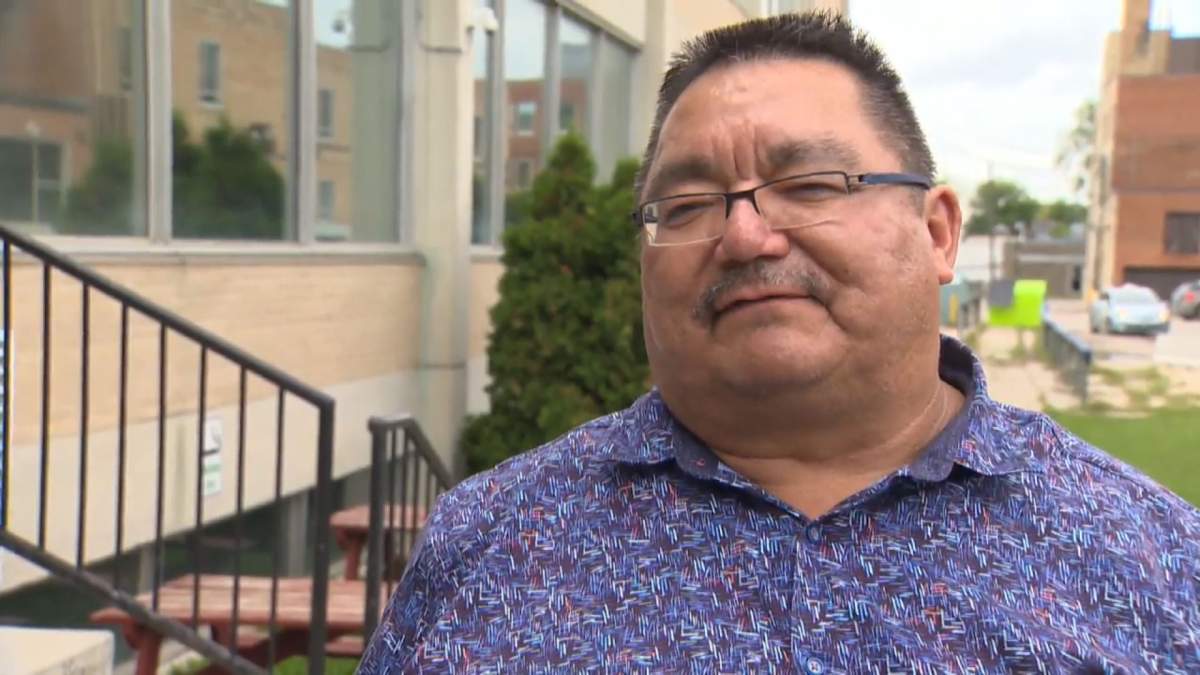Months after major flooding hit the community in Peguis First Nation, hundreds of residents are still unable to return home.

Approximately 1,900 people were forced from their homes when much of the community became submerged by floodwaters from the nearby Fisher River this past spring. About 1,000 people have returned home but 917 residents remain long-term evacuees, staying in Winnipeg hotels.
“It just feels like you’re trapped,” said Cassidy Michell, a Peguis First Nation resident who has been living in hotels for months with her two-year-old and 15-month-old. She and her kids were living in her mom’s basement, which is now dealing with mould after the floodwater receded.
Michell says it’s been difficult living in hotels for months, especially with two young children.
“Your babies just want out,” Michell told Global News.
“They just want to run to the door every time they hear it open. It just hurts as a parent, because they want to go home and they can’t.”
While she is able to visit the community briefly, she says there is still no word on when she can return home permanently.
“I want answers for myself,” she said. “People need answers, we want answers.”
Chief Glen Hudson says the community is in rebuild and assessment mode, as the receding floodwaters reveal the depth of damages left behind. He says over 100 kilometres of road was washed out by the flood, and so far approximately 200 of 500 homes have been assessed for damages.

Get daily National news
“We’re looking to begin repairs, renovations, and also replacement homes in the very near future,” Hudson told Global News.
“And it can’t come soon enough. I know our people are feeling pretty locked down, I guess, so to speak, and being pent up in hotel rooms. And this is something we’re pushing forward with in terms of trying to get people back home.”
With the school year about to start, many questions still remain for flood evacuees with school-aged children.
“We intend on determining the long-term evacuees, especially families that have children, we’re sorting through that right now in terms of the long- and short-term evacuees,” Hudson said, noting remote learning could be an option but the goal is to get kids back in the classroom.
“We want to look at making sure they’re housed properly so kids can attend school. So obviously, this process is ongoing.”
Hudson says they anticipate costs for damages being over $400 million, with $75 million going towards road repair alone.
He also says discussions are underway between chief and council and the federal government, and they’re expected to reach an agreement on a more long-term solution in the coming weeks.
“(That’s) something that’s long overdue. This is our 12th flood that we’ve had in the last 20 years,” Hudson said. “We need to have long-term mitigation. And it’s going to be costly, but the fact of the matter is we want to be treated like everybody else also and be out of the floodwater when the flooding does occur. It’s something that disrupts our economy and disrupts our children’s education and disrupts a lot of people’s lives. So we want to make sure we build back better.”
The chief adds they hope to have a permanent solution, like a diversion system or retention ponds, in place and have long-term flood evacuees back within a two-year timeframe.
“It’s been very tough, I’d say,” he said. “Very emotional, people have been frustrated at times.
“It’s been very trying for many.”














Comments